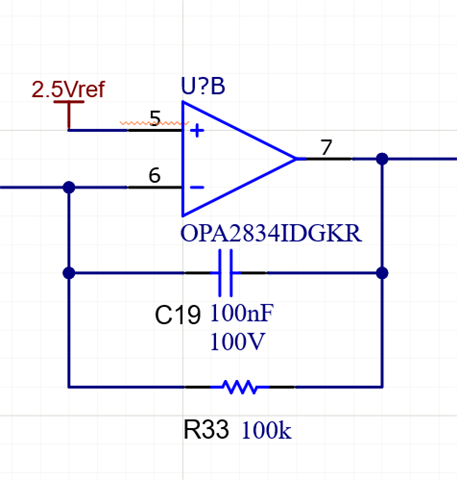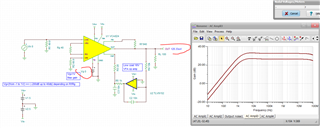Hi team,
When customer is using VCA824, they found that the output baseline is different under different gains. For example, the output baseline difference between 0dB and 26dB gain is more than 100mV, even if the input and output circuits are disconnected, it is the same. Different VCA824 chips perform differently ( High and low gain baselines are different). They saw the output and input offset zeroing circuit in Figure 67 on page 23 of the data sheet. I would like to trouble you to confirm it. Is the zeroing circuit necessary to ensure that the baseline is consistent? Is there a way to ensure that the baseline is consistent.

In the following picture, VGA gain are the same(-50R/+100R) but the output baselines are different(Blue/Orange/Pink are very different, nearly >100mV).

Any advice about this?




